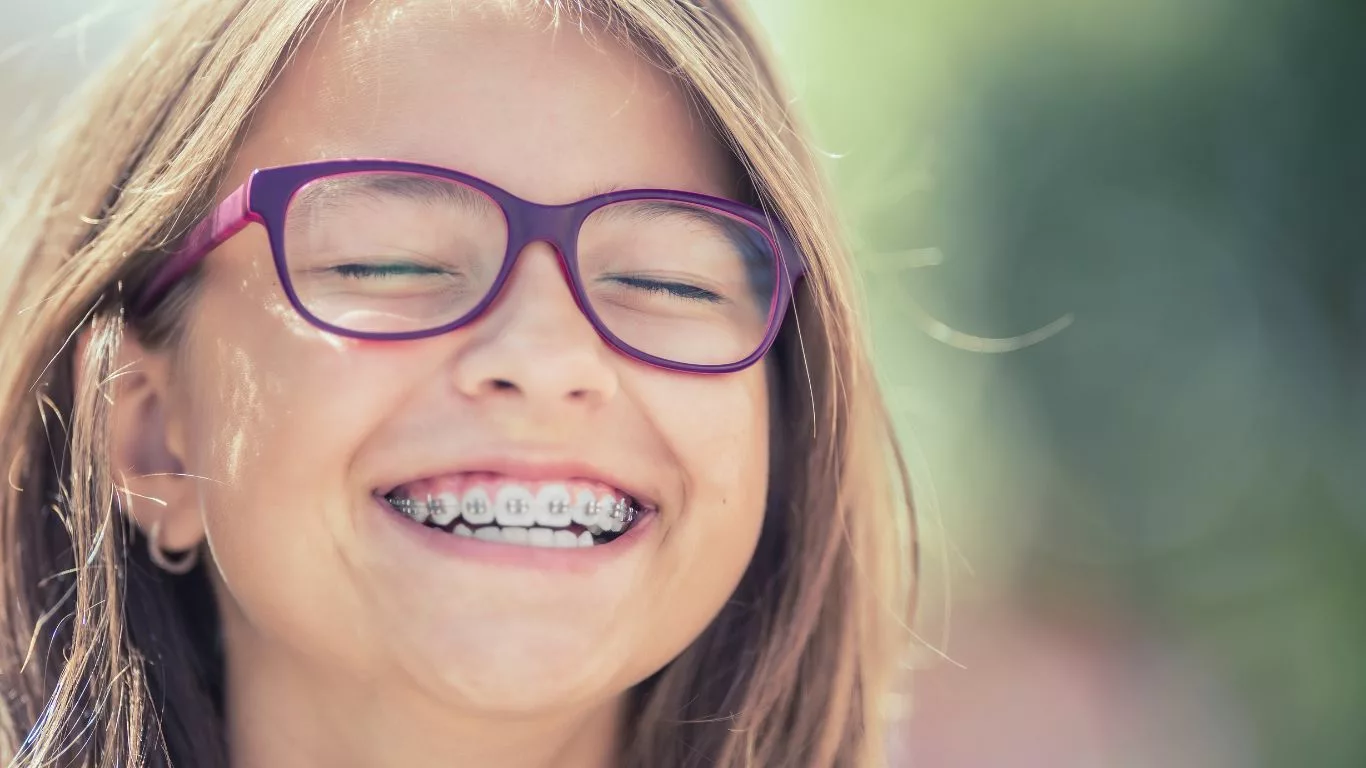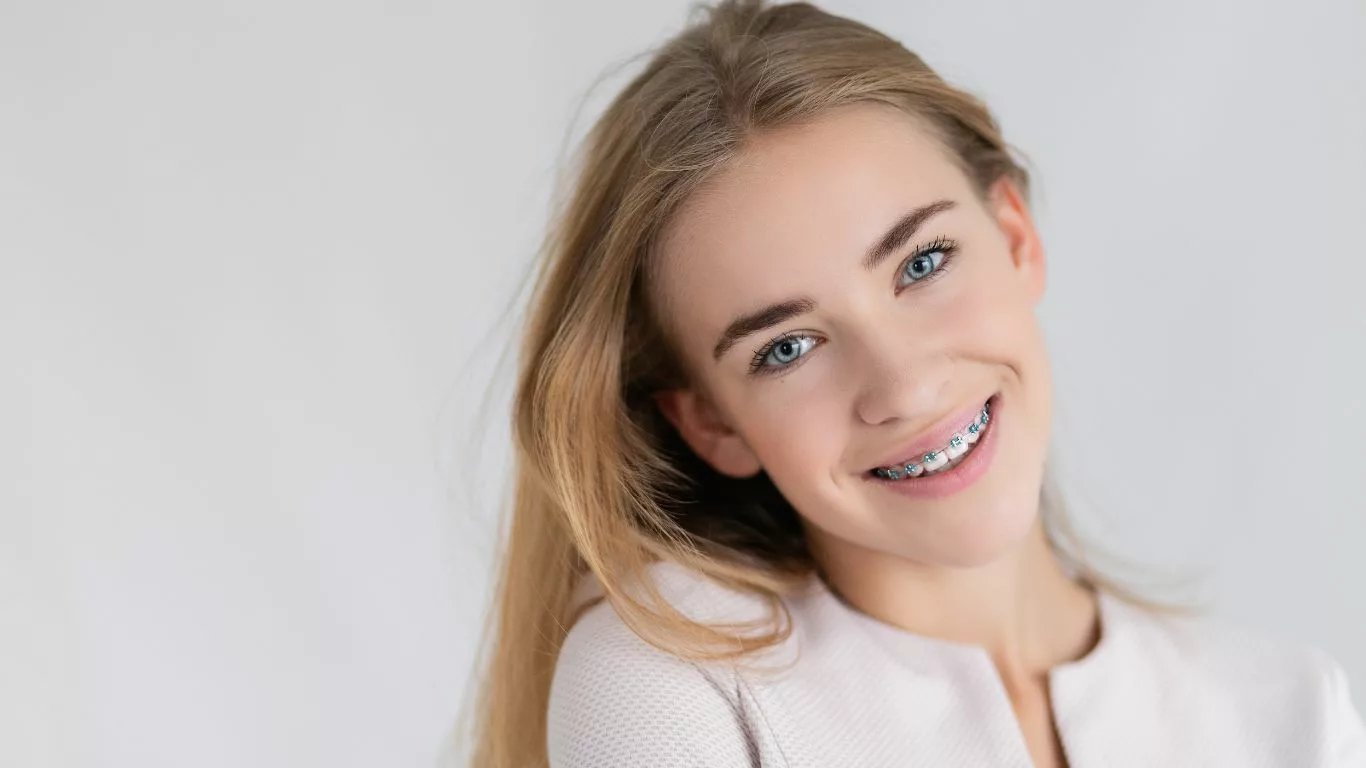Can You Eat Sushi with Braces? – A Comprehensive Guide
Discover if sushi is a braces-friendly food. Learn about the types of sushi you can safely enjoy with braces and get practical tips for a smooth eating experience in our detailed guide.
Maintaining a braces-friendly diet is crucial for successful orthodontic treatment. Sushi, a popular and diverse dish, often raises questions about its compatibility with braces. Can you enjoy sushi while wearing braces without risking damage? In this comprehensive guide, we’ll explore whether sushi is safe for people with braces, discuss the different types of sushi, and provide tips for enjoying sushi while keeping your braces intact.

Understanding the Impact of Braces on Eating
Braces work by applying pressure to the teeth to gradually move them into the desired position. This process involves brackets, wires, and elastic bands, which can be susceptible to damage from certain foods. Eating foods that are too hard, sticky, or chewy can potentially cause brackets to loosen or wires to break, leading to extended treatment time and additional visits to the orthodontist.
Is Sushi Safe to Eat with Braces?
Sushi can be a mixed bag when it comes to braces. While some sushi options are generally safe, others might pose challenges. Understanding the different components of sushi and how they interact with braces is key to making informed choices.
Soft Sushi Options
Sushi rolls made with soft ingredients are typically more braces-friendly. Ingredients like cooked fish, avocado, and cucumber are easier to chew and less likely to cause damage to your braces. These types of sushi are generally safer and can be enjoyed without much concern.
Hard and Sticky Ingredients
Sushi with hard or sticky ingredients can be problematic for those with braces. Tempura rolls, which include crispy, fried vegetables or seafood, can be too tough to chew and may pose a risk to your brackets and wires. Sticky ingredients, such as certain sauces or fillings, can adhere to your braces and be difficult to clean.
Potential Issues with Raw Sushi
Raw sushi, or sashimi, features raw fish served without rice. While sashimi itself is generally soft and less likely to damage braces, it’s important to ensure that the fish is tender and easy to chew. Some types of raw fish can be tough or have a chewy texture that might not be ideal for those with braces.

Types of Sushi and Their Braces-Friendliness
To help you navigate your sushi options, here’s a breakdown of various types of sushi and their suitability for braces:
California Roll
California rolls are made with cooked ingredients like crab (or imitation crab), cucumber, and avocado. These rolls are soft and generally safe for braces. They provide a good option for those looking to enjoy sushi without risking damage to their braces.
Tempura Roll
Tempura rolls include tempura-fried ingredients, which can be hard and crunchy. These are less ideal for braces and may increase the risk of damaging your orthodontic work. If you’re craving tempura, consider opting for a roll with a more delicate texture.
Salmon Roll
Salmon rolls, often made with raw salmon, are relatively soft but can vary in texture. Ensure that the salmon is tender and avoid rolls with hard or crunchy additions. Enjoying salmon rolls in moderation can be a good option if you’re cautious.
Sashimi
Sashimi consists of slices of raw fish and can be braces-friendly if the fish is tender and easy to chew. Be cautious with the texture and ensure that you can chew it comfortably without putting undue stress on your braces.

Tips for Eating Sushi with Braces
To make your sushi experience with braces enjoyable and safe, follow these practical tips:
Choose Soft, Well-Cooked Options
Opt for sushi rolls that feature soft, well-cooked ingredients. Cooked fish, creamy avocado, and vegetables like cucumber are excellent choices. These ingredients are generally easier on your braces and less likely to cause problems.
Cut Sushi into Smaller Pieces
Cutting sushi into smaller, bite-sized pieces makes it easier to chew and reduces the risk of damaging your braces. This approach not only helps in managing your bites but also makes the eating process smoother.
Be Cautious with Sauces
Sauces can sometimes be sticky or contain ingredients that may be hard to clean off your braces. Opt for less sticky or sweet sauces and rinse your mouth thoroughly after eating. This will help prevent food particles from lingering and potentially causing issues.
Maintain Good Oral Hygiene
After eating sushi, it’s important to brush your teeth and braces carefully to remove any food particles. Using floss and a soft-bristled toothbrush will help keep your braces clean and prevent plaque buildup.

Conclusion
Sushi can be enjoyed with braces if you make careful choices and follow a few simple guidelines. Opt for soft, well-cooked ingredients, cut your sushi into manageable pieces, and be cautious with sauces. By maintaining good oral hygiene and being mindful of what you eat, you can safely incorporate sushi into your diet while undergoing orthodontic treatment.
Appendices
References
For further information on eating with braces and maintaining dental health, consider these resources:
- American Association of Orthodontists (AAO). (2023). Braces and Eating: What You Need to Know. Read Article
- Smith, R., & Jones, T. (2021). Orthodontic Care and Dietary Considerations. Journal of Dental Health, 33(2), 100-108. Read Article
- National Institutes of Health (NIH). (2024). Tips for Eating with Braces. National Orthodontics Report, 30(1), 45-50. Read Article
FAQs
Here are some frequently asked questions about eating sushi with braces:
- Can I eat sushi rolls with tempura while wearing braces? Tempura rolls are generally not recommended for braces due to their hard and crunchy texture. Choose softer rolls instead.
- How can I prevent sushi from getting stuck in my braces? Cutting sushi into smaller pieces and rinsing your mouth after eating can help prevent food particles from getting stuck in your braces. Good oral hygiene practices are essential.
- Is it safe to eat raw sushi if I have braces? Raw sushi, like sashimi, is usually safe if the fish is tender and easy to chew. Ensure that the sushi does not contain hard or chewy ingredients.
Related Table
Here’s a summary table of sushi types and their braces-friendliness:
| Sushi Type | Braces-Friendliness | Recommendation |
|---|---|---|
| California Roll | High | Safe |
| Tempura Roll | Low | Avoid |
| Salmon Roll | Moderate | Enjoy with caution |
| Sashimi | Moderate | Enjoy if tender |
Disclaimer: The information provided in this article is for educational purposes only and does not substitute for professional dental or orthodontic advice. Always consult with your orthodontist or dentist regarding any dietary concerns related to your braces. Individual needs may vary, and professional guidance is crucial for personalized care.

Camellia Wulansari is a digestive health writer at Healthusias, known for turning complex gut-related topics into clear, relatable insights. Her passion lies in helping readers understand and manage conditions like acid reflux, GERD, bloating, and indigestion—using a mix of research-backed strategies and real-life solutions.
With years of experience writing in the health space, Camellia dives deep into the causes, symptoms, and lifestyle triggers of digestive issues. She’s especially focused on helping people identify food-related sensitivities, manage reflux naturally, and build daily habits that support long-term gut wellness.
Her mission? To make digestive health feel less overwhelming—and a lot more manageable.
Explore Camellia’s latest articles on Healthusias for down-to-earth advice and practical tips to help your gut (and life) feel a whole lot better.






